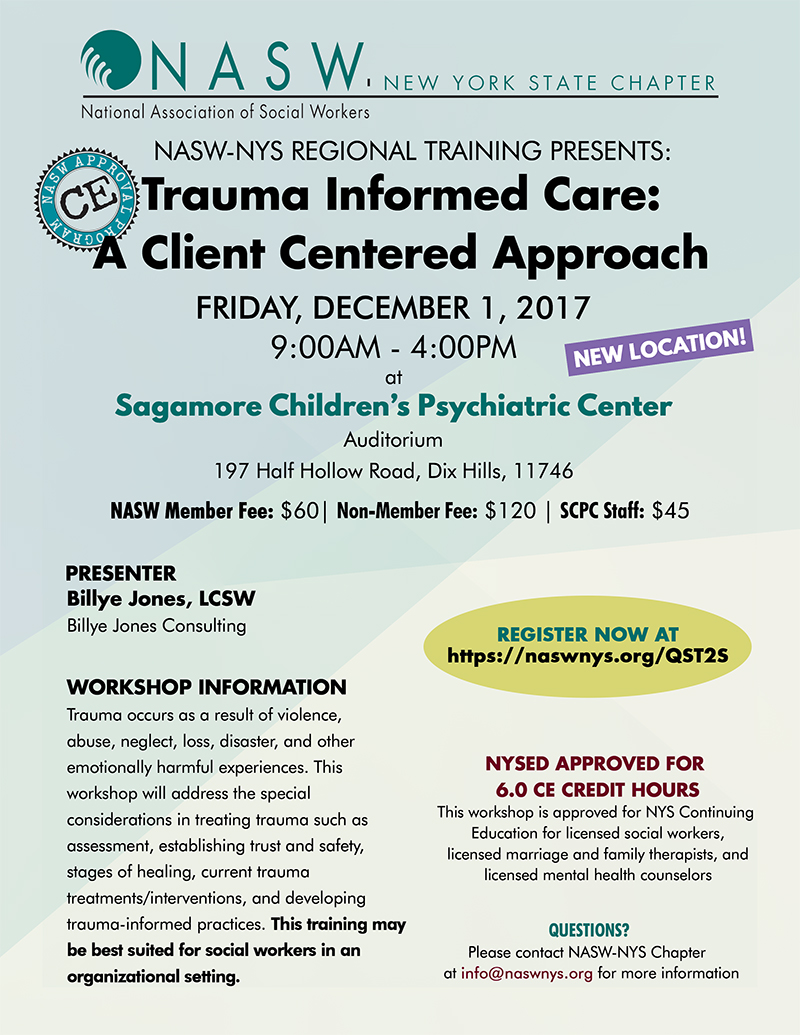
Making a point to encourage quiet students to speak up in class and assigning projects and discussions that can engage students in groups can help trauma survivors gain confidence about active class participation. In a classroom setting, it is crucial to ensure all students feel engaged in the learning and the classroom environment. Emphasize CollaborationĪfter experiencing trauma, individuals can feel useless and powerless. After students make their choices, it is important to give them positive feedback for taking control of their future, even if it is just for a class project. Giving the students options and letting the choose based on potential outcomes can give them a sense of empowerment, which can make a significant difference.

Trauma-informed educators can help them regain a sense of control.

As a result, they may experience a variety of mental health issues. They have not been able to decide what happened to them, which may have damaged their sense of agency. Many trauma survivors have experienced a significant lack of control in their lives. Keeping routines and sticking to schedules can help an educator establish trustworthiness with their students. It is important to create a plan and follow through with the plan. Setting clear boundaries and giving clear instructions is a great way to develop trust with students. Trauma may have disrupted some students’ lives to the point of chaos, and one thing that many survivors seek following these intense disruptions is planning and structure. Stability and routines can go a long way in promoting feelings of safety. Creating weekly or even monthly academic schedules and sharing them with students can help them feel calmer because they know what to expect. For example, they can arrange a seating chart that ensures none of the chairs face away from any exits and keep the assigned seating the same throughout the semester. Although this is something that trauma treatment can help them work through, healing is a long process that requires patience from not only the survivor but also other people in their lives.Įducators can do many simple things to create a better sense of safety. Even if there is not any immediate harm presenting itself, individuals who have endured trauma may view the world as unsafe and unpredictable in any situation, no matter how “safe” it appears.

Trauma survivors need to feel protected from potential harm.
TRAUMA INFORMED HOW TO
The following five principles of trauma-informed education were created by Maxine Harris and Roger Fallot to help people better understand how to create a safe and supportive educational environment for those who have experienced trauma. They then use that knowledge to better assist survivors and make them feel comfortable and supported in an educational setting. What does trauma-informed education look like? When education is trauma-informed, teachers and other members of an educational institution have made a point to acquire an accurate understanding of the diverse and often severe effects trauma can have on survivors. These statistics show how important it is for education to be trauma-informed whether it takes place in the classroom or through remote learning. Too often those life experiences include significant trauma.Įstimates are that six out of ten men and five out of ten women experience trauma at least once in their lives, and for many people, that trauma occurs before they start college. What does that look like for each individual? As humans, we all come to the classroom with different learning styles and life experiences. Some of us have goals of starting or returning to school after treatment.


 0 kommentar(er)
0 kommentar(er)
